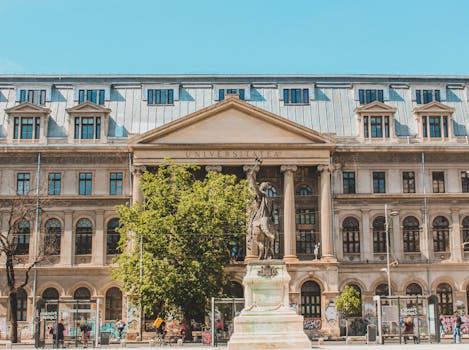Traveling Through Time: How Europe’s Historical Heritage Shapes Modern Lifestyles in 2025
Traveling Through Time: How Europe’s Historical Heritage Shapes Modern Lifestyles in 2025. Europe, a continent steeped in history and tradition, has a unique ability to transport visitors through time. From the ancient ruins of Rome to the modern cities of Berlin and Paris, Europe’s historical heritage continues to shape modern lifestyles in profound ways. In this article, we will explore the ways in which Europe’s rich history influences contemporary culture, architecture, cuisine, and more.
A Brief History of Europe
To understand the significance of Europe’s historical heritage, it is essential to take a brief look at the continent’s past. From the Roman Empire to the Renaissance, Europe has been shaped by a complex array of cultures, empires, and events. The continent has been home to some of the most influential civilizations in human history, including the Greeks, Romans, and Vikings. Each of these cultures has left an indelible mark on the continent, contributing to the diverse and complex heritage that exists today.
The Influence of Historical Heritage on Modern Lifestyles
Europe’s historical heritage has a profound impact on modern lifestyles, from the way people live and work to the food they eat and the clothes they wear. In many European cities, ancient buildings and landmarks stand alongside modern architecture, creating a unique and fascinating blend of old and new. This blend of styles is reflected in the continent’s cuisine, with traditional dishes and ingredients combined with modern flavors and techniques.
One of the most significant ways in which historical heritage shapes modern lifestyles is through the preservation of traditional practices and customs. In many European countries, festivals and celebrations are still observed, often with roots dating back centuries. These events provide a unique insight into the continent’s history and culture, allowing visitors to experience the sights, sounds, and flavors of the past.
Modern Applications of Historical Heritage
While Europe’s historical heritage is undoubtedly a source of pride and inspiration, it also has a range of practical applications in modern life. From sustainable architecture to innovative design, the continent’s rich history is being used to inform and shape contemporary practices. In many European cities, historic buildings are being repurposed and renovated, providing unique and sustainable spaces for modern businesses and residents.
In addition to its practical applications, Europe’s historical heritage is also a significant driver of tourism and economic growth. Millions of visitors flock to the continent each year, drawn by the opportunity to experience its rich history and culture. This influx of tourists provides a significant boost to local economies, supporting businesses and communities across the continent.
Conclusion
In conclusion, Europe’s historical heritage plays a profound role in shaping modern lifestyles, from the way people live and work to the food they eat and the clothes they wear. The continent’s rich history and culture are a source of inspiration and pride, providing a unique and fascinating blend of old and new. As we look to the future, it is essential that we continue to preserve and protect this heritage, ensuring that it remains a source of inspiration and joy for generations to come.



